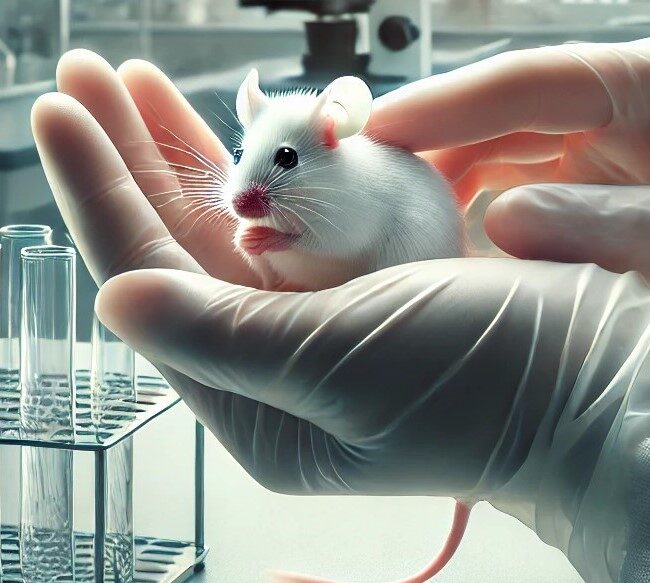
To protect animal welfareWelfare A complex and dynamic internal state that includes: successful biologic functioning, positive experiences, and absence of negative conditions. The animal adapts effectively to internal needs and external stimuli and maintains a good mental state. as much as possible during experiments, precise indicators called ‘humane endpointsHumane endpoint The moment in the experiment at which pain and/or distress experienced by the investigational animal is ended or alleviated by either killing the animal humanely or by discontinuing the procedure.’ are being used. A humane endpointHumane endpoint The moment in the experiment at which pain and/or distress experienced by the investigational animal is ended or alleviated by either killing the animal humanely or by discontinuing the procedure. is defined as the earliest indicator in an animal experiment of (potential) painPain The negative sensory or emotional experience that indicates awareness in the animal of injury or the threat of injury to the body. This negative experience induces changes in an animal’s behavior and physiology, intended to limit the effect of, or avoid the injury, to reduce the chances of repeated injury and to promote recovery. and/or distressDistress It indicates a disadvantageous environment in which the animal is no longer able to adapt in a biologically successful manner to the stressors to which it is exposed. One speaks of distress when the level or the duration of stress are such that significant changes in biological function are required to survive. that can be used to avoid or limit pain and/or distress by taking actions such as humane killing or terminating or alleviating the pain and distress. Humane endpoints provide important guidelines to refine experimental animal use.
About this website
This website trains you how to monitor welfare in laboratory animals, identify endpoints and define responsibilities. You learn how to apply humane endpoints, which improves the scientific quality of your research. Read more here.
Use the Google Translate function in the top right corner to translate the website into your preferred language.
Open and closed section
This website has an open and closed section. The open section is accessible to everyone and contains general information on normal behavior of mice, rats and zebrafish. The closed section contains in-depth information and training modules. To register for the closed section, go to Registration.
E-learning and training modules
Try the interactive E-learning module on humane endpoints, or one of our other training modules. These modules are only available upon registration. You can test your knowledge by choosing a case or a theme approach and selecting the preferred module. After the test, you get a score and can review results if desirable. Go directly to the E-learning and training modules.
